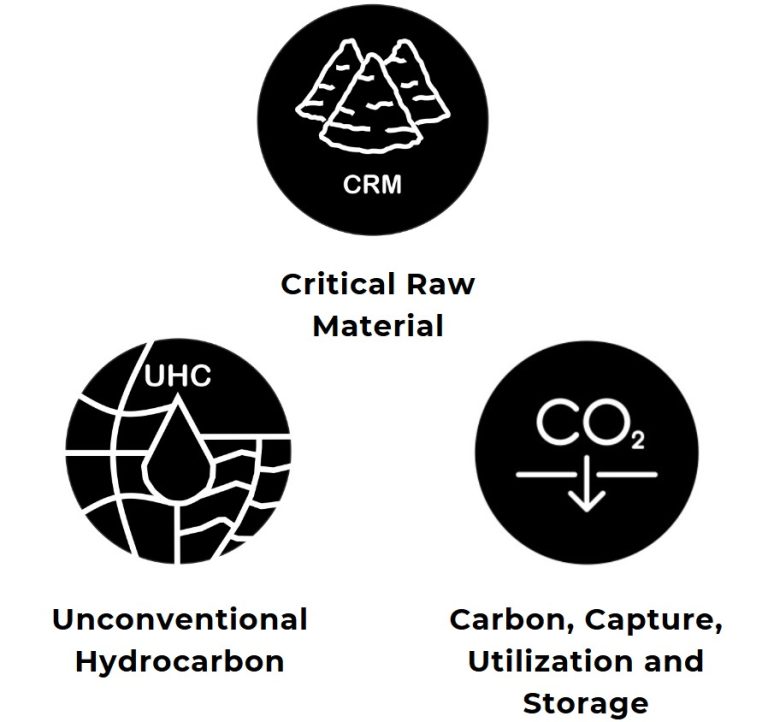
Critical Raw Materials
Navigating responsible sourcing, recycling and advancing technology have a major role in alleviating potential supply strains.

Critical Raw Materials are essential in the modern-day economy, which are essential for digitalization, for renewable energy technologies, and for the further deployment of electric vehicles. Demand for these and other minerals – known as “critical raw materials” (CRMs) – is growing fast as governments and businesses act to reach net-zero emissions. There is growing global consensus that, to prevent the worst-case future climate scenarios and attempt to limit global warming to below 2 degree Celsius over pre-industrial temperatures, the industrialized world needs to rapidly embark on an ambitious twin transition to low-carbon electricity generation, and the simultaneous electrification of all energy intensive sectors, first amongst which is the transport sector.
However, key technologies to generate renewable electricity (e.g., wind and solar photovoltaics (PV)), and to store it for delayed use in multiple applications (e.g., lithium-ion batteries (LIBs)), are dependent on the supply of a range of specific chemical elements. As a result, the global demand for the latter is expected to surge in the coming decades. Exploration of critical minerals is essential to be carried out in both conventional and unconventional deposits. In which, the unconventional deposits such as mining waste, coal combustion product, and electronic waste have attracted attention in recent years.
Unconventional Hydrocarbon
Challenges in exploration and production towards technological advancements and economic projections

Through Presidential Decree Number 22 2017, Indonesia’s oil production has decreased from 1.6 million barrels of oil per day (BOPD) to merely 786 thousand BOPD in 2015. Moreover, there are several technological challenges, including the unavoidable decline of reserves in aging fields. Consequently, it is essential to undertake initiatives to augment reserves via unconventional hydrocarbon exploration, as successfully demonstrated in other nations. The geology of unconventional reservoirs is highly ubiquitous. The tightness of the formation, the heterogeneous layers distribution, mineralogy, pore throat structure, sorption, and others are responsible for its ubiquitous nature. Such a nature restricts the hydrocarbon flow in the reservoirs. These resources, however, present a variety of challenges in exploration and production that varies from one area to another depending on the technological advancements, project economics, and availability of the subject experts.
Carbon Capture, Utilization, and Storage (CCUS)
Securing momentum on pushing climate targets and increasing strong economic case for clean energy and energy security imperatives through CCUS technology.

The production, transport and processing of oil and gas resulted in 5.1 billion tonnes (Gt) CO2-eq in 2022. These scope 1 and 2 emissions from oil and gas activities are responsible for just under 15% of total energy-related greenhouse gas (GHG) emissions. Five key levers are used to drive these reductions in emissions intensity: tackling methane emissions, eliminating non-emergency flaring, electrifying upstream facilities with low-emissions electricity, equipping oil and gas processes with CCUS, and expanding the use of low-emissions electrolysis hydrogen in refineries. CCUS is an essential technology for achieving net zero emissions and offers a very different business proposition than traditional oil and gas operations, which could pose problems for companies seeking to incubate a CCUS division within a larger oil and gas business. The energy sector is changing faster than many people think, but much more needs to be done and time is short, securing momentum on pushing climate targets and increasing strong economic case for clean energy and energy security imperatives through CCUS technology.
